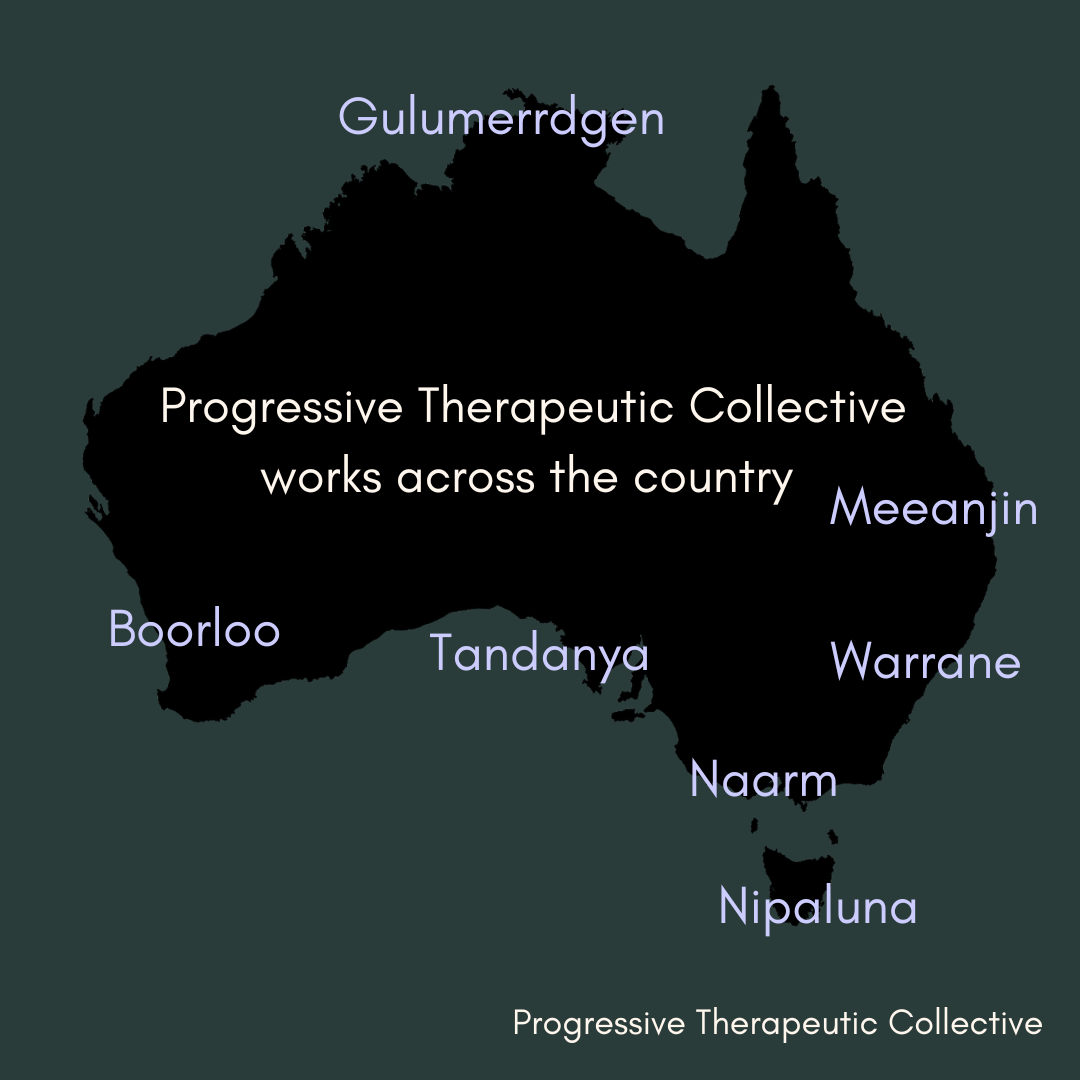Fostering Mental Health in a Multigenerational and Diverse Workplace
Today’s workforce is more diverse than ever, spanning different ages, races, genders, abilities, and cultural backgrounds. This diversity enriches our workplaces but also presents unique challenges in fostering mental well-being. In this article, I will explore strategies to promote mental health in a multigenerational and intersectionally diverse workplace, grounded in evidence-based practices.
Understanding the Multigenerational Workforce
The modern workplace often includes five generations:
Traditionalists (born before 1946)
Baby Boomers (1946-1964)
Generation X (1965-1980)
Millennials (1981-1996)
Generation Z (1997 and later)
Each generation brings distinct values, communication styles, and work preferences, influenced by the historical and cultural contexts they grew up in. Understanding these differences is crucial for fostering a supportive environment.
Intersectionality: A Holistic Approach
An intersectional approach considers how various aspects of identity—such as race, age, gender, and disability—interact to shape individuals’ experiences. Recognising this complexity is essential in addressing mental health in the workplace.
1. Age and Generational Differences
Traditionalists and Baby Boomers: These employees may value stability and hierarchical structures. They might also face age-related health issues, including mental health concerns like depression and anxiety. It's important to provide them with support and respect their need for recognition and meaningful work.
Generation X: Known for their independence and adaptability, Gen Xers may struggle with balancing work and family responsibilities. Providing flexible work arrangements and resources for managing work-life balance can alleviate stress.
Millennials and Generation Z: These younger employees often seek purpose and inclusivity in their work. They are also more likely to openly discuss mental health issues. Creating an open and supportive environment where they can voice concerns without stigma is critical.
2. Race and Ethnicity
People of colour often face additional stressors in the workplace, including microaggressions, discrimination, and the pressure to assimilate. These experiences can negatively impact mental health. Employers should:
Implement diversity and inclusion training to raise awareness and reduce biases.
Provide mentorship programs to support career development and well-being.
Ensure representation at all levels of the organisation.
3. Gender and Sexual Orientation
Women, non-binary individuals, and LGBTQ+ employees may encounter unique challenges, including gender discrimination, harassment, and lack of recognition. To support their mental health:
Enforce strict anti-discrimination policies.
Create employee resource groups to foster community and support.
Offer gender-inclusive healthcare benefits and parental leave policies.
4. Disability and Neurodiversity
Employees with disabilities, including those who are neurodivergent, often face barriers to inclusion and accommodation. To create a supportive environment:
Ensure physical and digital accessibility.
Provide accommodations tailored to individual needs, such as flexible hours or assistive technologies.
Promote a culture of understanding and respect for neurodiversity.
Strategies for Promoting Mental Health
Foster Open Communication
Encourage open dialogue about mental health across all levels of the organisation. Managers should be trained to recognise signs of mental distress and to respond with empathy and support. Regular check-ins and anonymous surveys can help identify issues early.
Provide Mental Health Resources
Offer access to mental health resources, such as Employee Assistance Programs (EAPs), counselling services, and wellness programs. Ensure these resources are culturally competent and accessible to all employees.
Promote Work-Life Balance
Implement policies that support work-life balance, such as flexible working hours, remote work options, and sufficient paid leave. Recognise that different employees may have different needs and preferences.
Create a Supportive Environment
Develop a workplace culture that prioritises mental health. This includes normalising mental health discussions, celebrating diversity, and ensuring that all employees feel valued and included.
Tailor Support to Individual Needs
Recognise that a one-size-fits-all approach does not work. Tailor support to meet the diverse needs of your employees, considering their generational, racial, gender, and disability-related experiences.
Conclusion
Navigating mental health in a multigenerational and diverse workplace requires a nuanced and intersectional approach. By understanding the unique needs and challenges of different employee groups and fostering an inclusive and supportive environment, employers can promote the well-being of all their employees. As a therapist, I have seen the positive impact that such an approach can have, leading to healthier, more engaged, and more productive workplaces.
References
American Psychological Association. (2020). Stress in America: Stress in the Time of COVID-19.
Harvard Business Review. (2023). Navigating Mental Health in a Multigenerational Workplace.
World Health Organization. (2021). Mental Health in the Workplace: Information Sheet.

